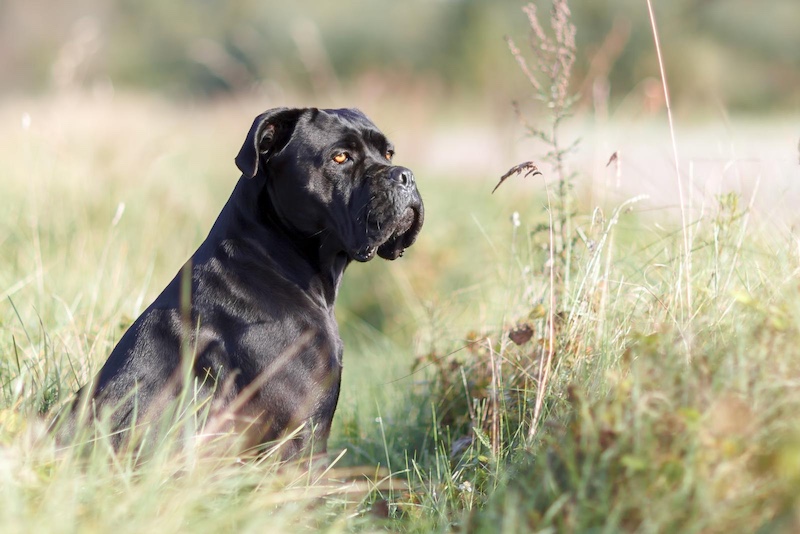When it comes to homeowners or renters insurance, many people are surprised to learn that their choice of dog breed can affect their coverage. Certain breeds are commonly labeled as “high risk” by insurance companies due to their bite history, size, or perceived aggressiveness.
These labels can result in higher premiums—or even outright denial of coverage. While breed alone doesn’t determine a dog’s behavior, insurers rely on data to make risk-based decisions.
Here are 10 dog breeds most frequently flagged by insurance providers, along with the facts that put them on the list.
Pit Bull Terriers
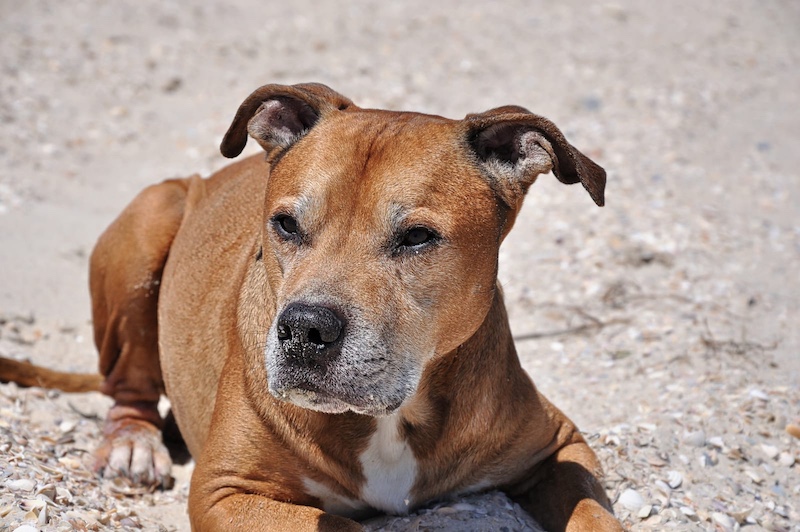
Pit Bulls consistently top the list of high-risk breeds. According to the Journal of the American Veterinary Medical Association, Pit Bulls were involved in 66 fatalities between 2005 and 2017—the highest among all breeds. Their powerful bite force and reputation for unpredictability make them a concern for insurers, even when individual dogs are well-trained.
Rottweilers
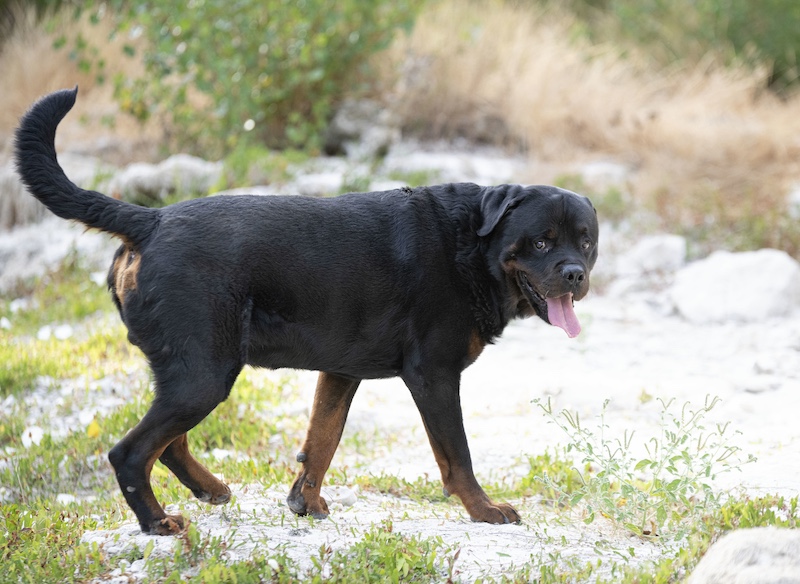
Rottweilers are large, muscular dogs known for their protective nature. They accounted for 39 fatal attacks in the U.S. from 2005 to 2017, second only to Pit Bulls. According to DogsBite.org, their strength and territorial instincts make them more likely to cause severe injury if they do bite.
German Shepherds
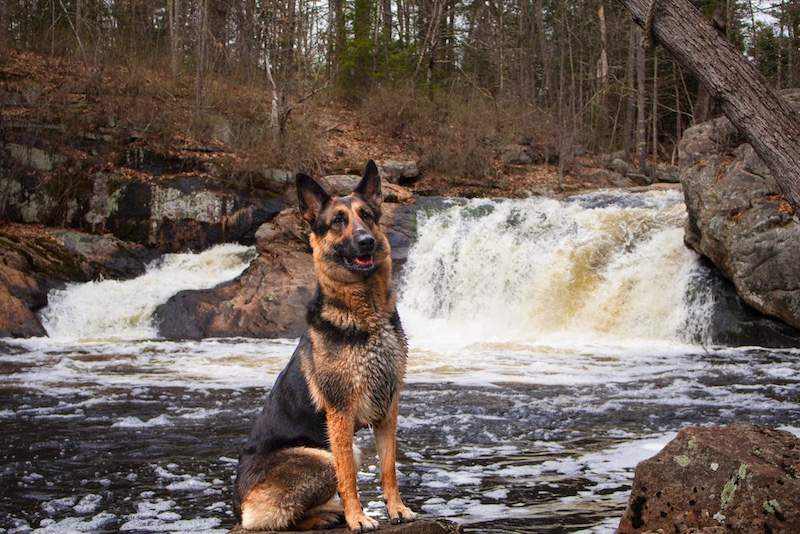
Known for their intelligence and service roles, German Shepherds are also responsible for a significant number of bites. A study by the Centers for Disease Control and Prevention (CDC) found them among the top five breeds involved in dog bite incidents. Their size and guarding tendencies contribute to their high-risk label.
Doberman Pinschers
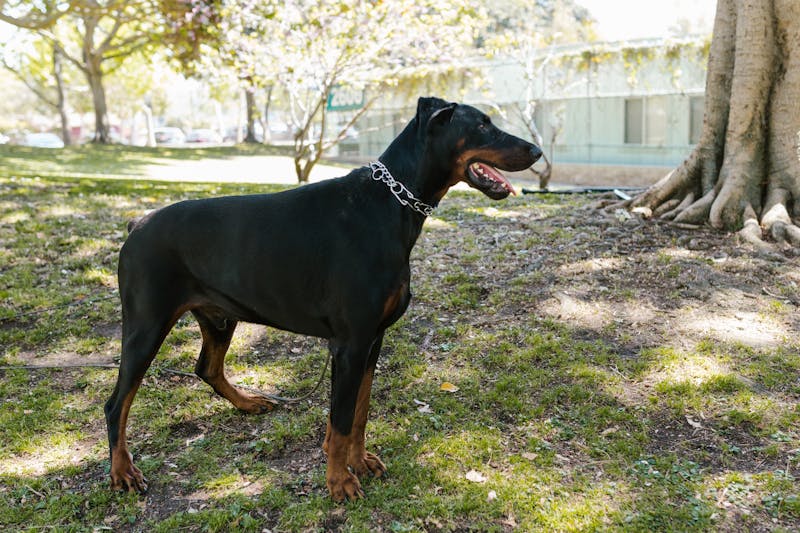
Dobermans are iconic guard dogs—loyal, alert, and intimidating. While attacks are less frequent than with some other breeds, their bites can be severe. Their role in protection work and their imposing presence are enough for many insurers to view them as a liability.
Akitas
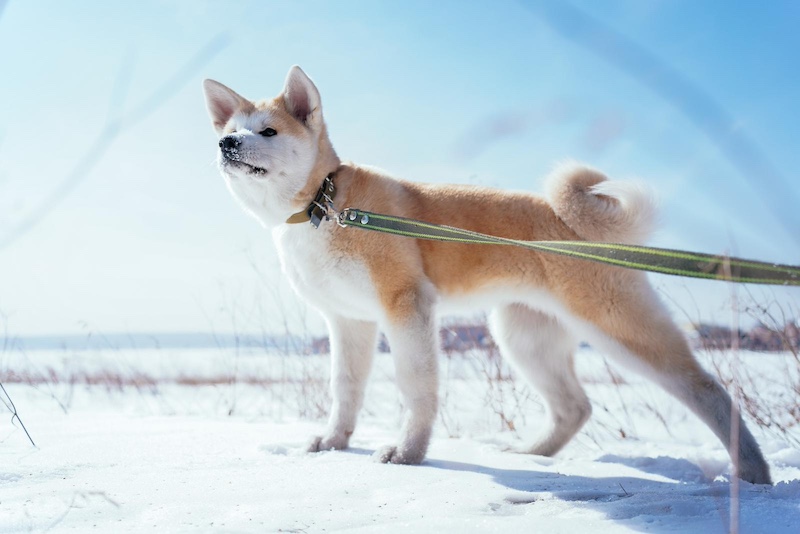
Akitas are large, independent, and often aloof with strangers. Originally bred for hunting and protection in Japan, they are known to be territorial. The American Veterinary Medical Association notes that Akitas require experienced handling and early socialization, making them risky in the eyes of insurance underwriters.
Chow Chows
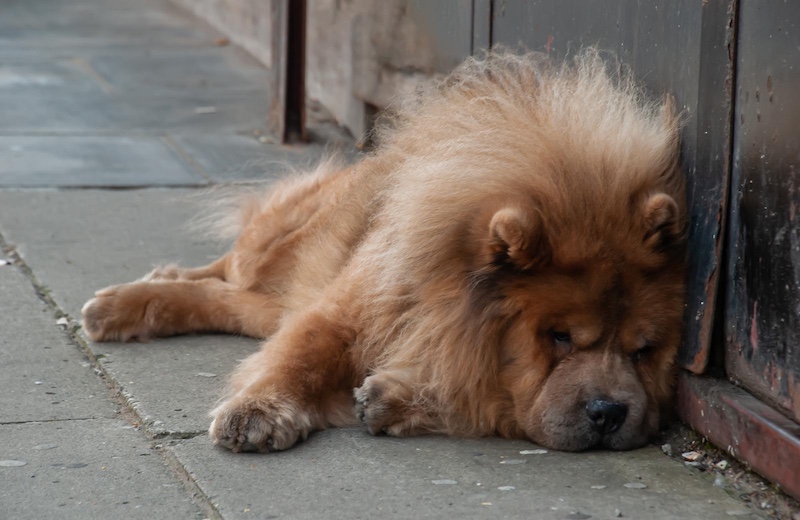
Despite their teddy bear appearance, Chow Chows can be aggressive and unpredictable. A CDC study ranked them among the top breeds for fatal dog attacks. Their strong-willed temperament and potential for biting without warning place them on many insurance “blacklists.”
Presa Canarios
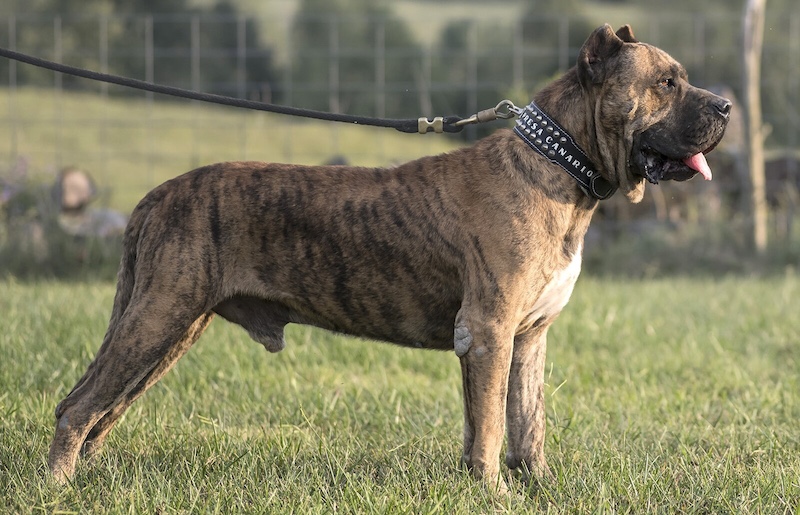
The Presa Canario, or Canary Mastiff, is a powerful Molosser breed originally used for guarding livestock. In 2001, a highly publicized fatal mauling in San Francisco involved two Presa Canarios, which sparked a nationwide debate about dangerous breeds. Their strength and protective instincts lead many insurers to consider them high risk.
Alaskan Malamutes
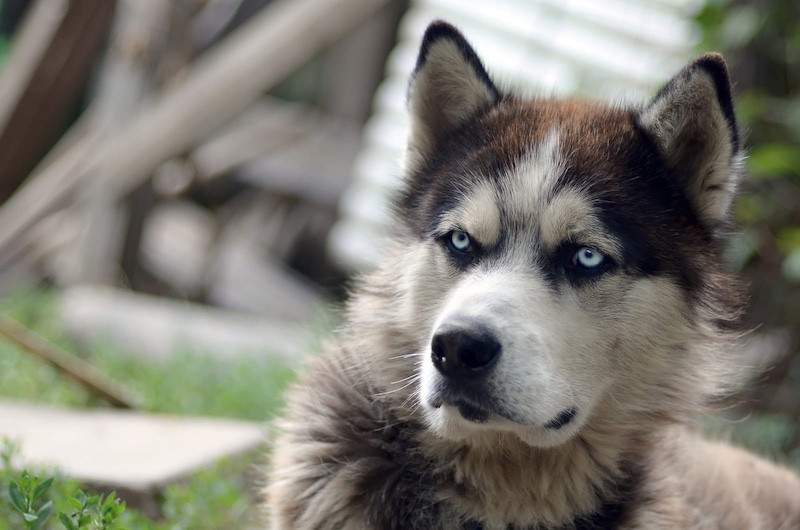
These powerful sled dogs are usually friendly, but they require strict training and exercise. They’ve been involved in a number of fatal attacks over the years, especially involving children. Their size and strength make bites especially damaging, which raises red flags for insurance providers.
Siberian Huskies
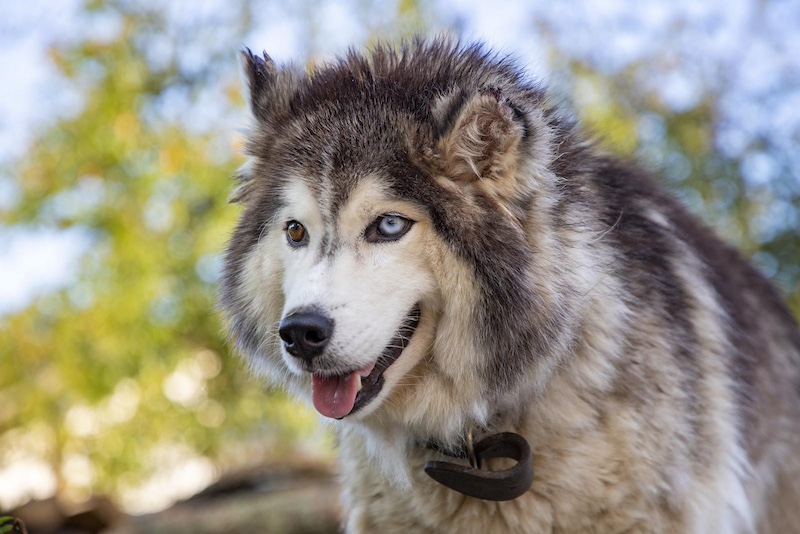
Similar to Malamutes, Siberian Huskies are energetic and intelligent but can be destructive or aggressive without proper stimulation. The CDC reported that Huskies were responsible for a number of fatal attacks on children between 1979 and 1998, contributing to their high-risk classification.
Cane Corsos
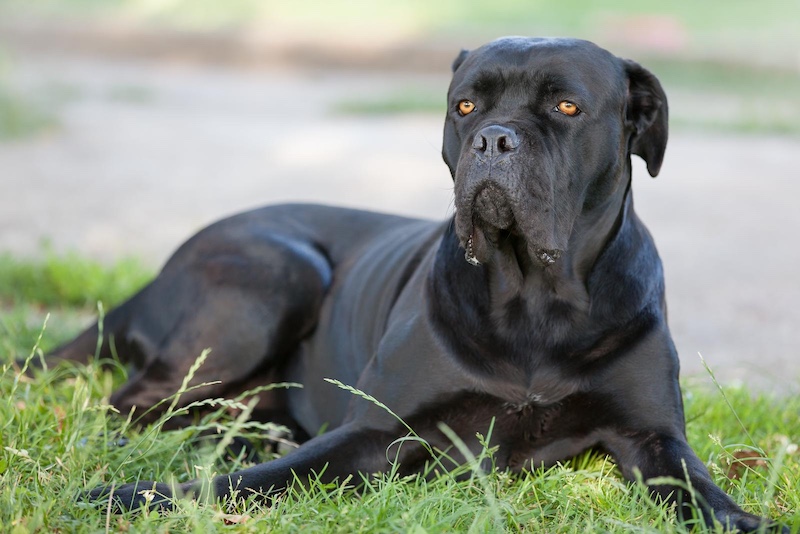
Cane Corsos are large, muscular dogs originally bred in Italy for guarding livestock and property. Their protective instincts and sheer physical power make them intimidating, and they’ve been involved in multiple fatal attacks in recent years. Their bite force has been measured at over 700 PSI—more than that of a lion.
- Please Note: This content was created with the assistance of AI and thoroughly edited by a human before publishing.

